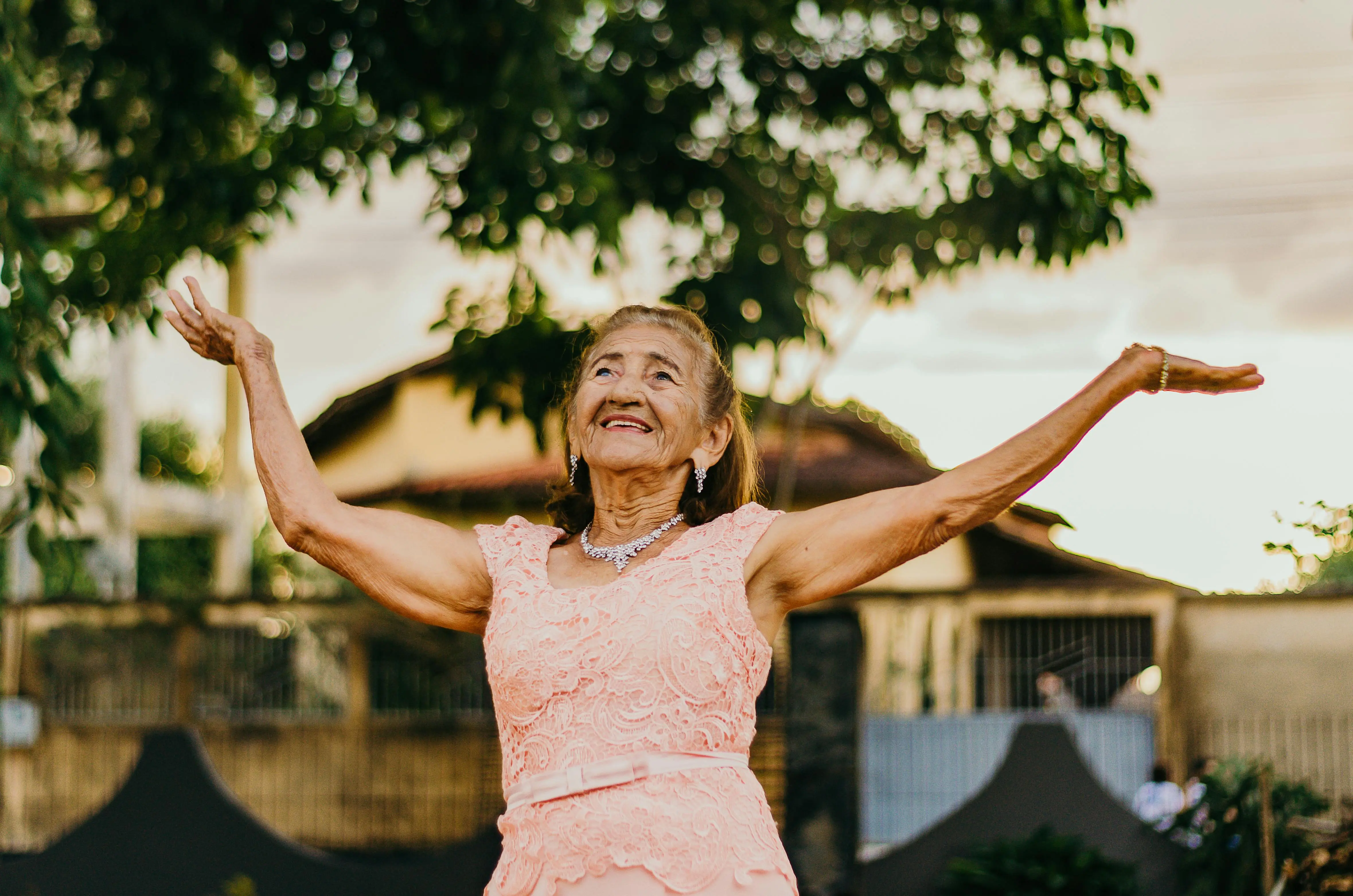Senior abuse is a silent epidemic that affects countless elderly individuals globally. Learn to recognize the signs and take action to protect our elders.

Blog
Prevent Senior Abuse: Understanding, Preventing, and Addressing Elderly Abuse
Senior abuse is a silent epidemic that affects countless elderly individuals globally. As societies age, the importance of protecting our elders from harm grows significantly. According to the World Health Organization (WHO), 1 in 6 people aged 60 years and older have experienced some form of abuse in community settings during the past year. This blog delves into the different types of senior abuse, how to recognize it, and the steps we can take to prevent and address it.
Senior abuse refers to any intentional or unintentional act that causes harm or distress to an older adult. It can occur in various settings, including homes, nursing facilities, and even community spaces. Recognizing and addressing senior abuse is crucial to ensuring the dignity, respect, and safety of our elderly population. Recent statistics from the National Center on Elder Abuse indicate that only 1 in 24 cases of elder abuse is reported, highlighting the need for increased awareness and action. Case Study: In a suburban nursing home, a whistleblower reported systemic neglect, leading to a state investigation. As a result, stricter oversight and policy changes were implemented, improving the living conditions of many seniors.
Inflicting physical pain or injury through actions such as hitting, slapping, or restraining. Case Study: In a reported incident in Florida, an elderly man living in a care facility suffered repeated physical abuse by a caregiver, which was uncovered through hidden cameras installed by his family. The caregiver was subsequently prosecuted, emphasizing the importance of vigilance and monitoring.
Causing emotional pain through verbal assaults, threats, or isolating the senior from loved ones. Research highlights that psychological abuse is the most common form of elder abuse, with up to 11.6% of seniors experiencing it annually. Case Study: A senior woman in Texas reported constant belittling by her live-in caregiver, leading to severe depression. Intervention by local authorities provided her with a new, supportive environment.
Exploiting an elder’s financial resources without their consent or understanding. Statistics from the National Adult Protective Services Association reveal that older Americans lose an estimated $2.9 billion annually to financial exploitation. Case Study: A financial advisor was convicted for mismanaging and stealing from a senior client’s investments. The court ordered restitution, and the case raised awareness about elder financial protection.
Failing to provide necessary care, such as food, hygiene, or medical attention. Case Study: A nursing home in California faced legal action after staff neglect led to the hospitalization of an elderly woman suffering from severe dehydration and malnutrition. Statistics show that neglect accounts for 12% of elder abuse cases worldwide.
Engaging in non-consensual sexual acts or making inappropriate advances. While less commonly reported, the consequences are devastating. Studies show that older adults with cognitive impairments are at higher risk of sexual abuse. Case Study: Advocacy groups in New York successfully lobbied for stricter background checks for caregivers after a high-profile case of elder sexual abuse in a care facility.
Recognizing the signs of senior abuse is the first step to addressing the issue. Look out for:
Unexplained bruises, burns, or fractures. Studies indicate that up to 10% of physical injuries in older adults are due to abuse rather than accidental causes.
Withdrawal from social interactions, depression, or anxiety. Behavioral shifts can be subtle but are critical indicators. Case Study: A once-outgoing senior in Oregon began avoiding family visits. A welfare check revealed emotional abuse by a caregiver, leading to immediate intervention.
Unexplained withdrawals, missing valuables, or sudden changes in financial documents. Elderly financial exploitation often involves trusted individuals, making it difficult to detect.
Poor hygiene, malnutrition, or untreated medical issues. WHO data reveals that neglect accounts for 12% of elder abuse cases worldwide.
Prevention is key to combating senior abuse. Here’s how we can create a safer environment for the elderly:
Encourage seniors to talk about their experiences and feelings. Case Study: A community program in Illinois successfully reduced elder abuse by organizing regular social gatherings, fostering trust and openness among seniors.
Provide proper training to caregivers on elder care and abuse prevention. Training programs have been shown to reduce caregiver-related abuse by 30%. Statistics from a study in Canada revealed that caregivers who completed elder care courses were 40% less likely to engage in neglectful or abusive behaviors.
Stay vigilant about who interacts with your elderly loved ones. Periodic checks can help identify potential issues early.
Help seniors manage their finances securely, using trusted advisors or family members. Implementing joint accounts or financial oversight can prevent exploitation.
Know the local authorities or helplines to contact if you suspect abuse. Early reporting can save lives and prevent further harm. Statistics from the Elder Justice Initiative show that timely intervention in reported abuse cases increases the likelihood of resolution by 65%.
If you or someone you know is experiencing senior abuse, it’s vital to seek help immediately. Reach out to trusted family members, community leaders, or professional services. Local helplines and organizations like the National Center on Elder Abuse can provide immediate assistance. Case Study: In Kansas City, a senior victim of financial abuse was able to recover a portion of their losses through legal support provided by a local elder law attorney. Statistics show that legal assistance programs for elder abuse victims lead to financial recovery in 60% of cases.
HealthOK Global offers comprehensive elderly care services to ensure the dignity and safety of seniors. Our expert caregivers provide personalized support, from routine health checks to emotional well-being assistance. Contact our FREE 24 x 7 Healthcare Helpline at +91-8047190955 for immediate support and assistance.
Elderly individuals deserve to age with dignity, respect, and love. Recognizing, addressing, and preventing senior abuse is a collective responsibility. By staying informed and vigilant, we can create a safer world for our seniors. Let’s stand together to protect our elders and ensure they live in a supportive and caring environment. Remember, an informed society is a safe society.
Stay connected with us and never miss an update by following us on social media! Our social channels are the perfect place to get the latest news, expert tips, and exclusive insights tailored just for you. Whether you're looking for health advice, product updates, or inspiring stories, we’ve got it all. Join our growing community on platforms like Facebook , LinkedIn and Instagram and be part of the conversation. Click the follow button today and stay informed, inspired, and engaged—right at your fingertips!
Senior abuse refers to any intentional or unintentional act that causes harm or distress to an older adult. It can occur in various settings, including homes, nursing facilities, and even community spaces. Recognizing and addressing senior abuse is crucial to ensuring the dignity, respect, and safety of our elderly population. Recent statistics from the National Center on Elder Abuse indicate that only 1 in 24 cases of elder abuse is reported, highlighting the need for increased awareness and action. Case Study: In a suburban nursing home, a whistleblower reported systemic neglect, leading to a state investigation. As a result, stricter oversight and policy changes were implemented, improving the living conditions of many seniors.
Prevention is key to combating senior abuse. Here’s how we can create a safer environment for the elderly:
Elderly individuals deserve to age with dignity, respect, and love. Recognizing, addressing, and preventing senior abuse is a collective responsibility. By staying informed and vigilant, we can create a safer world for our seniors. Let’s stand together to protect our elders and ensure they live in a supportive and caring environment. Remember, an informed society is a safe society.
Need Personalized Health Guidance?
Get expert advice tailored to your specific health needs from our qualified healthcare professionals.





